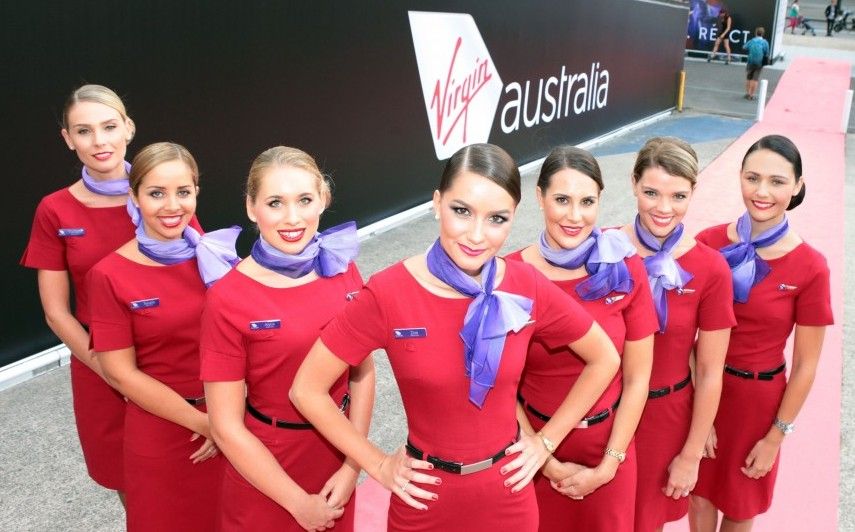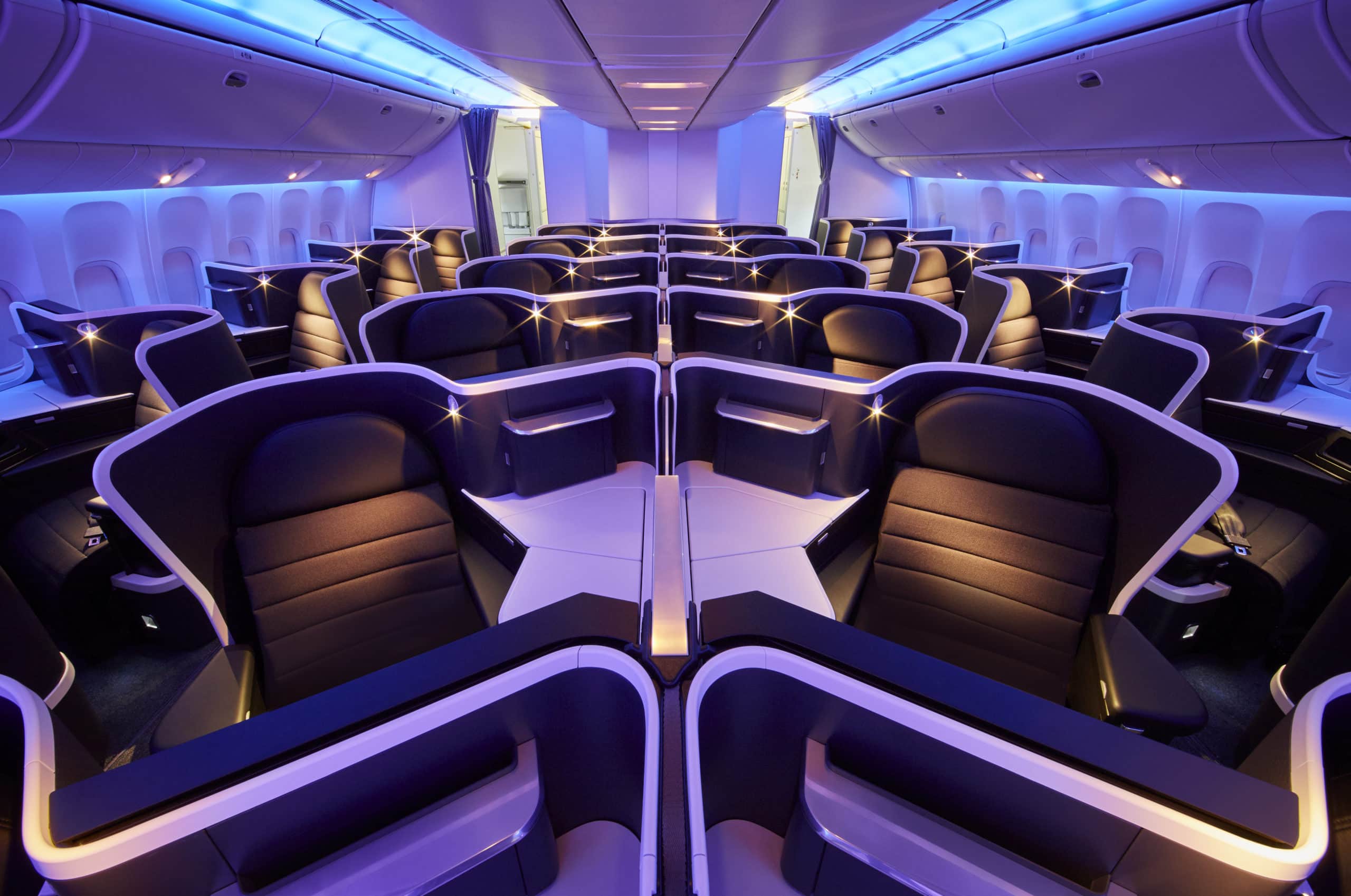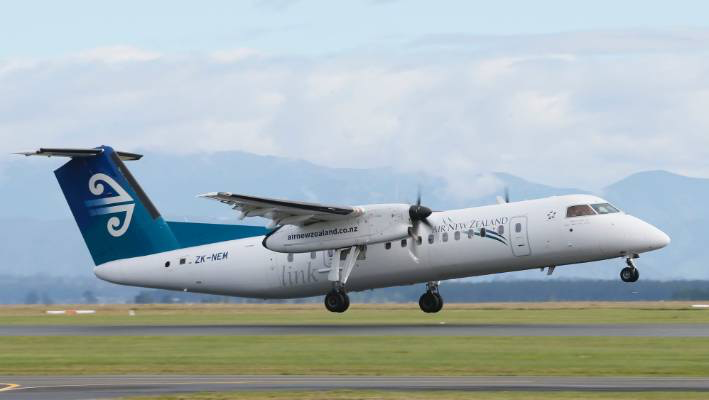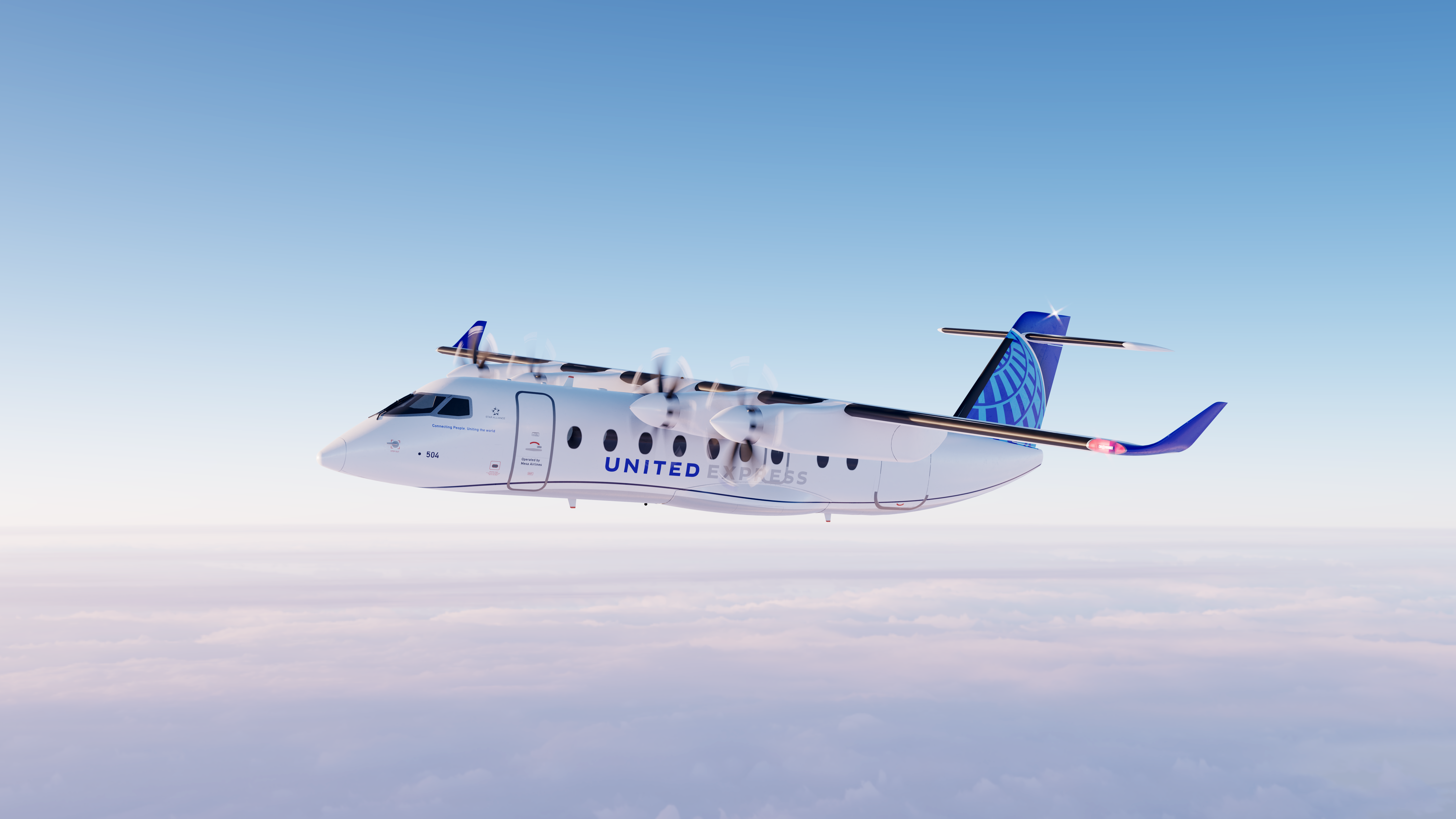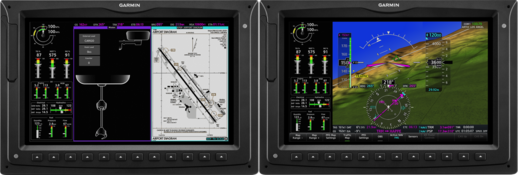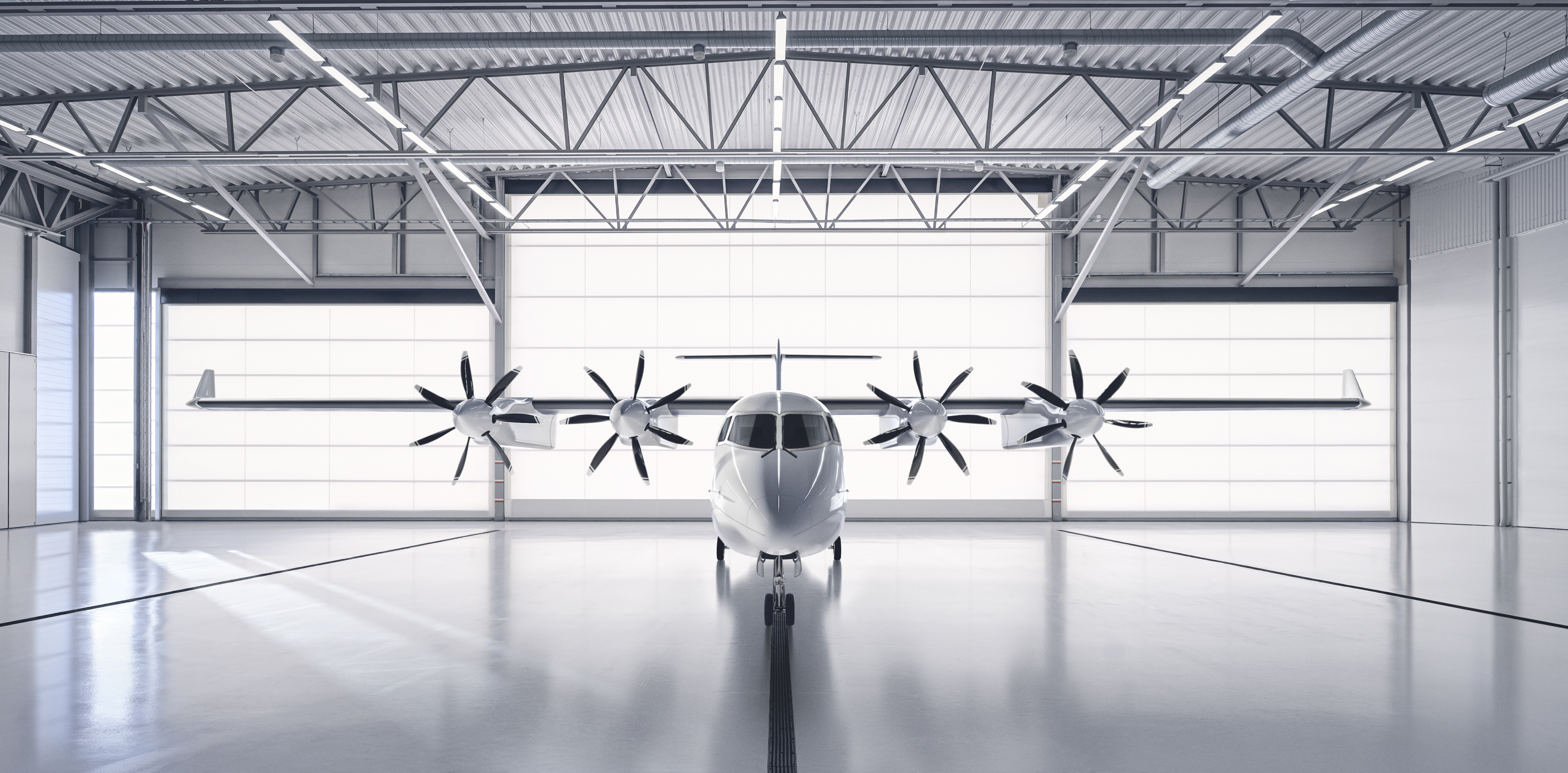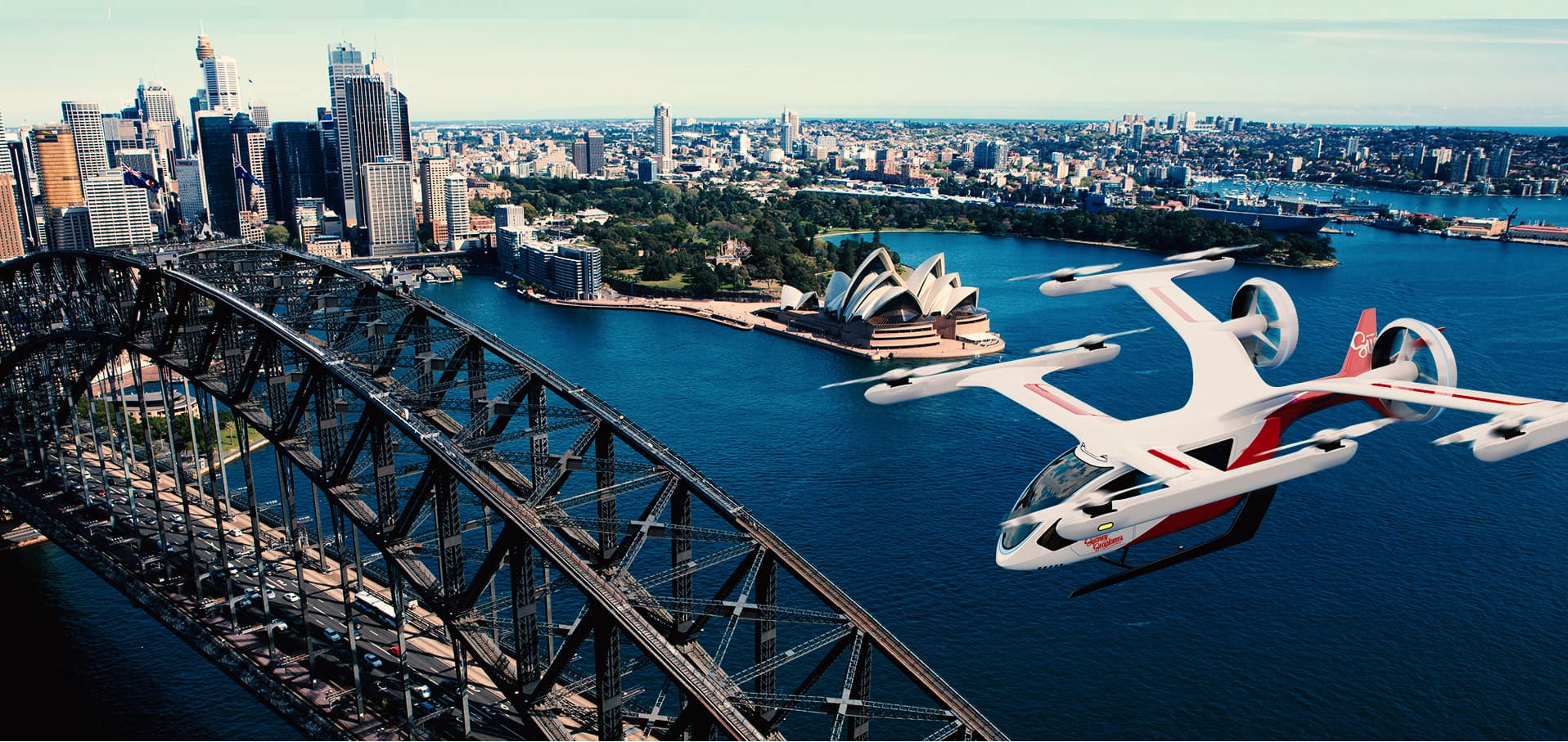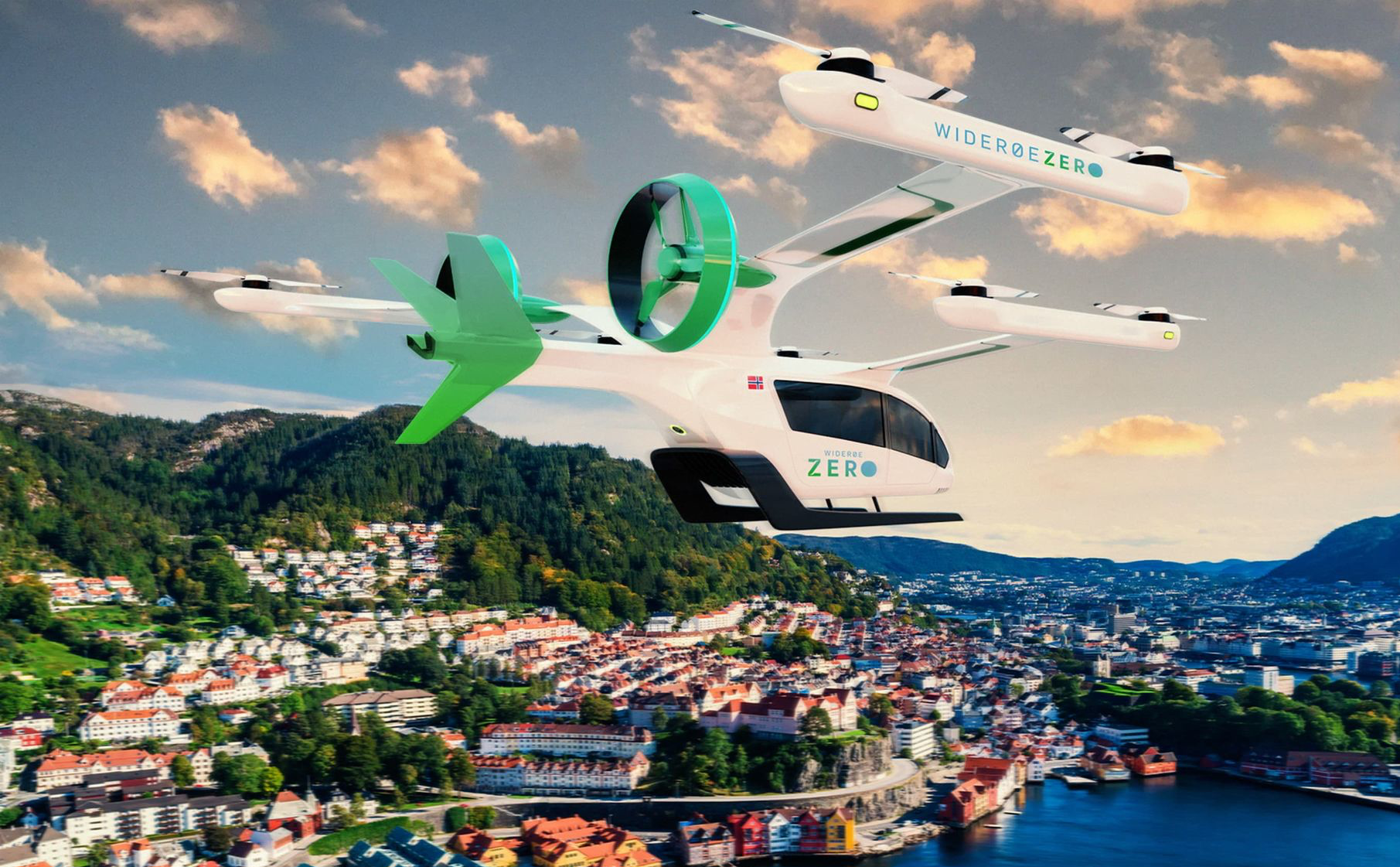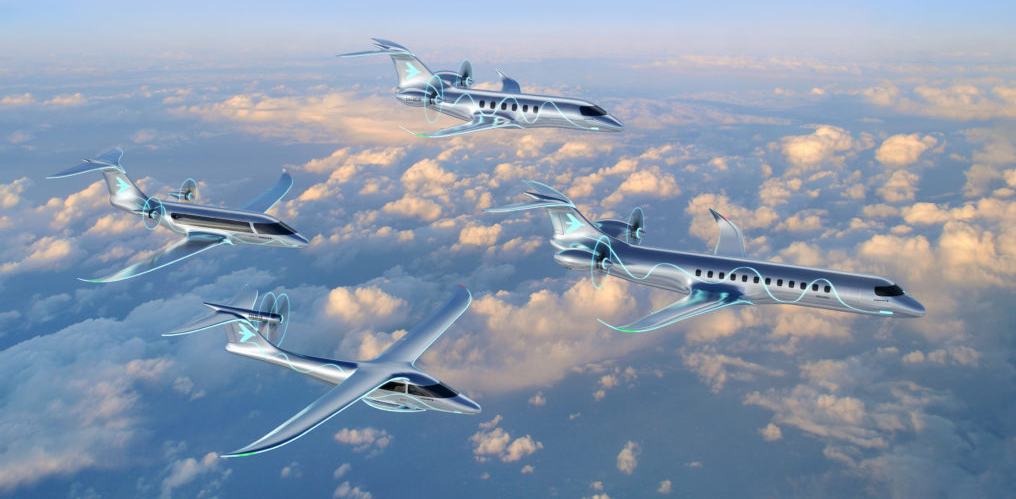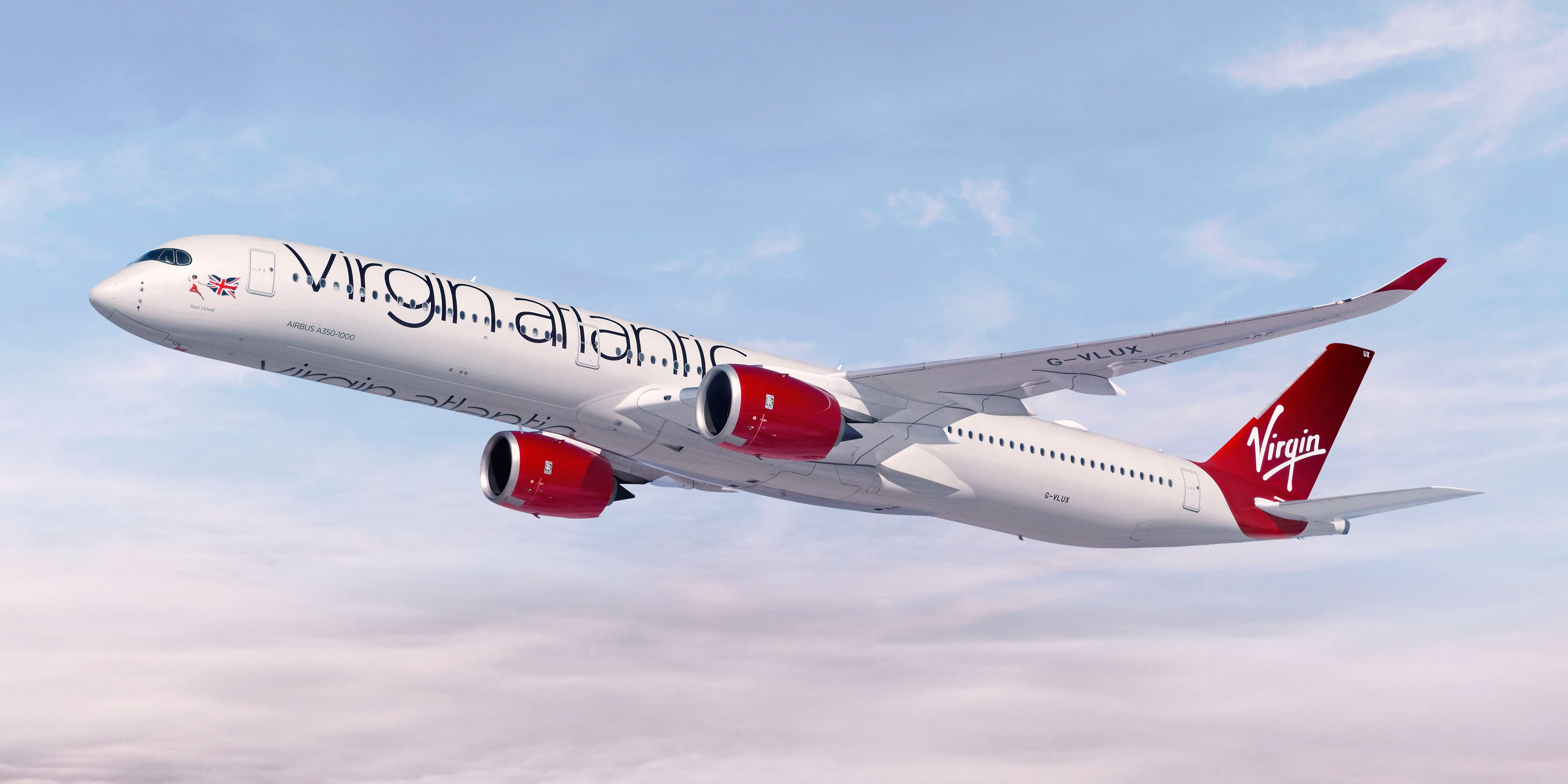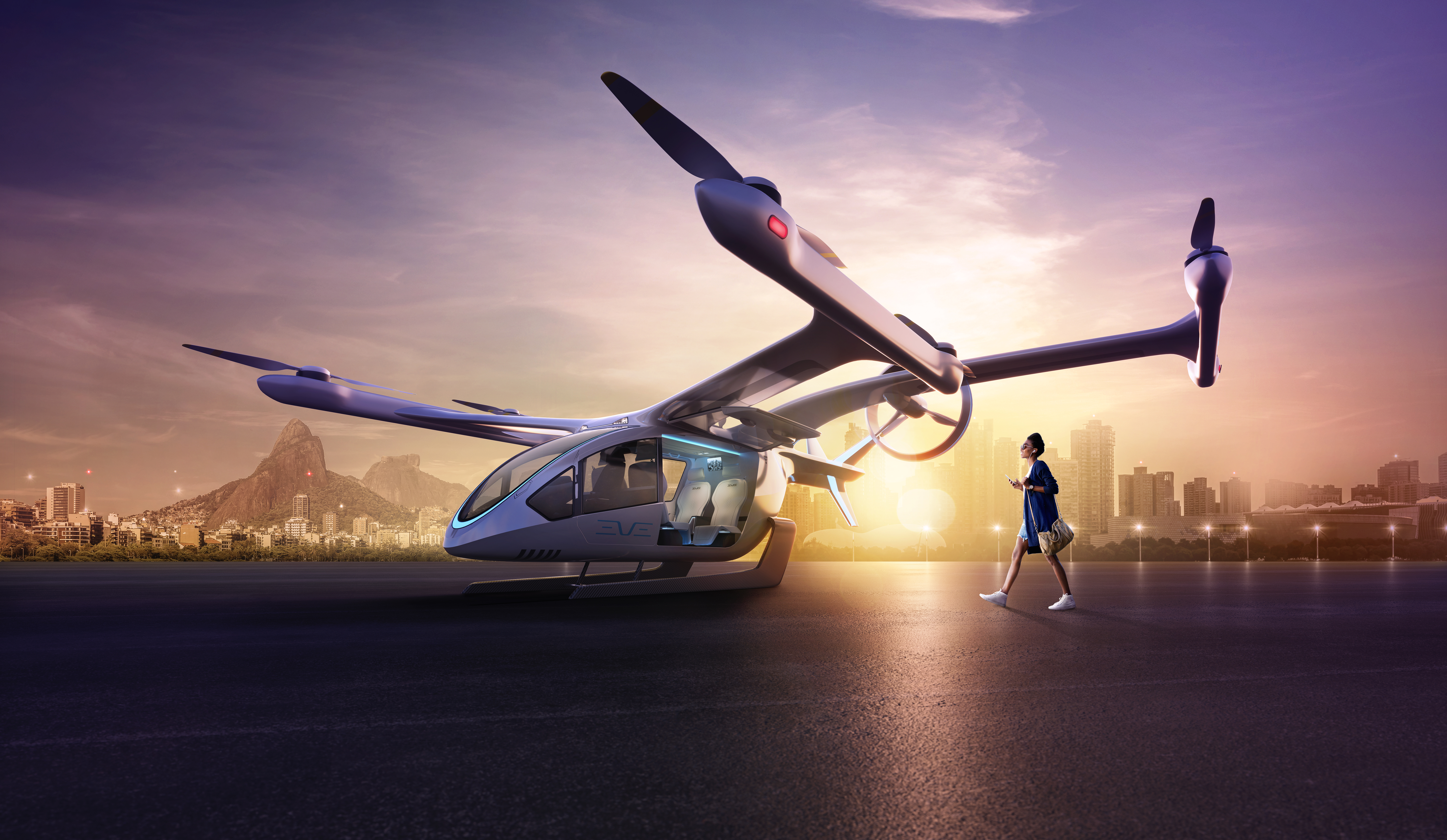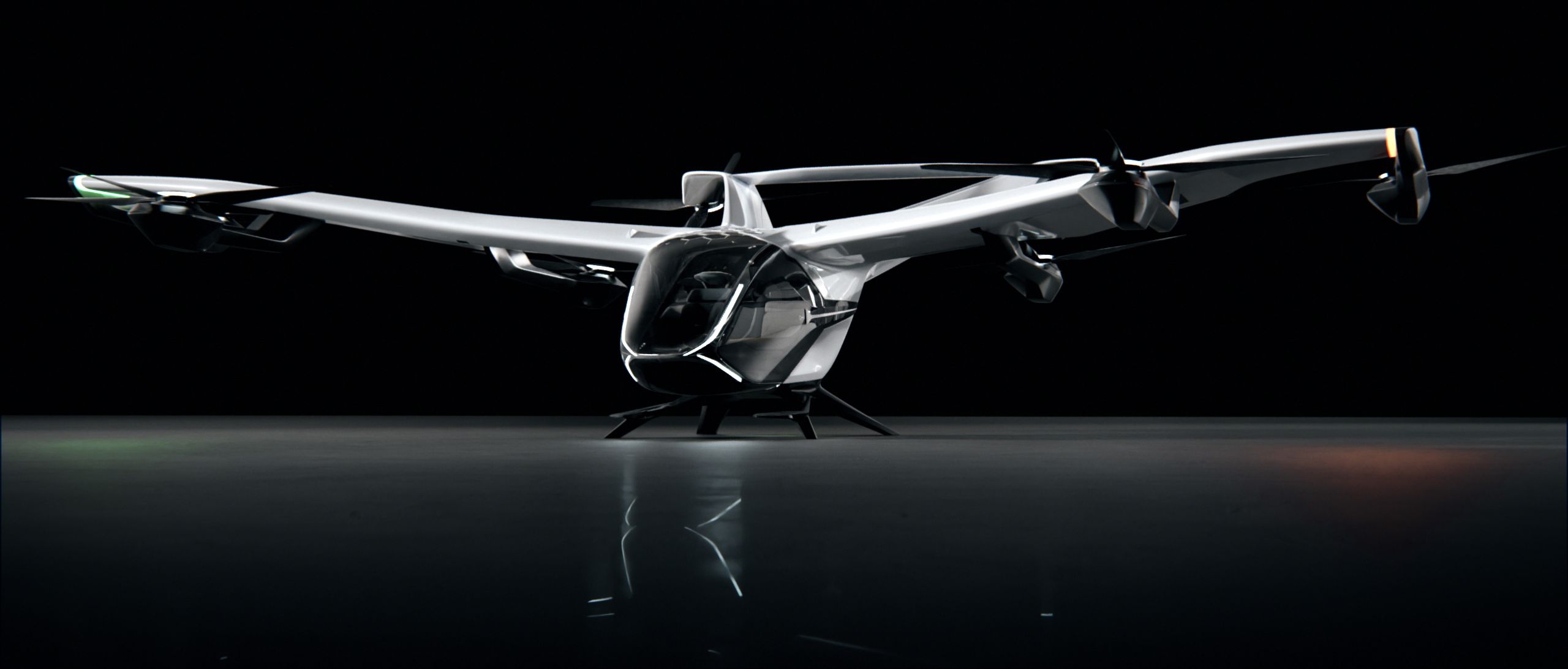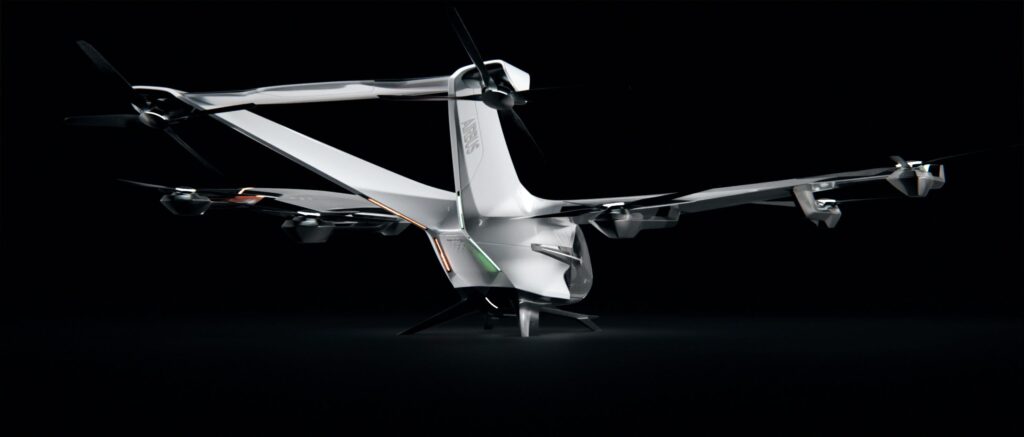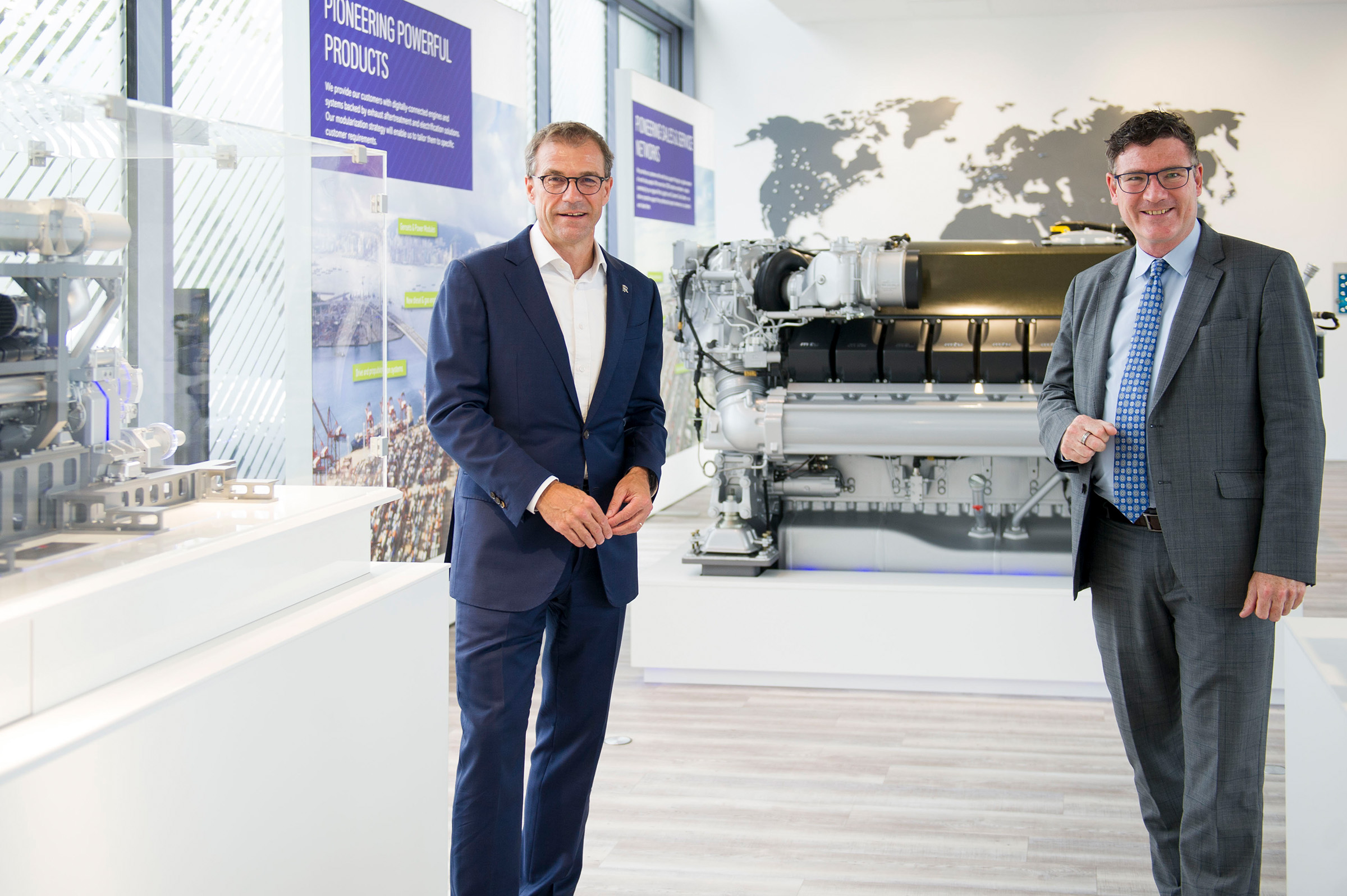Saturday 8 July 2023: More than 3,000 Virgin Australia team members and their families will today celebrate the arrival of the airline’s first fuel-efficient Boeing 737-8 aircraft which touched down on Australian soil last week.
The celebrations, part of a Virgin Australia Family Day at the airline’s Brisbane Hangar, will be hosted by CEO, Jayne Hrdlicka and Boeing’s President of Australia, New Zealand and South Pacific, Maria Fernandez, who will welcome team members from across the Virgin Australia business, many who have flown in from interstate to have a first look at the new aircraft.
Fresh from the Boeing factory in Seattle and featuring that new plane smell, the Boeing 737-8 aircraft marks an exciting new milestone in the transformation of Virgin Australia with its fleet renewal program well underway as the airline continues to work towards its net zero emissions target by 2050. The aircraft is one of 33 fuel-efficient Boeing 737-8 and 737-10 aircraft Virgin Australia has on order, with more fuel-efficient aircraft set to be delivered in the coming months.
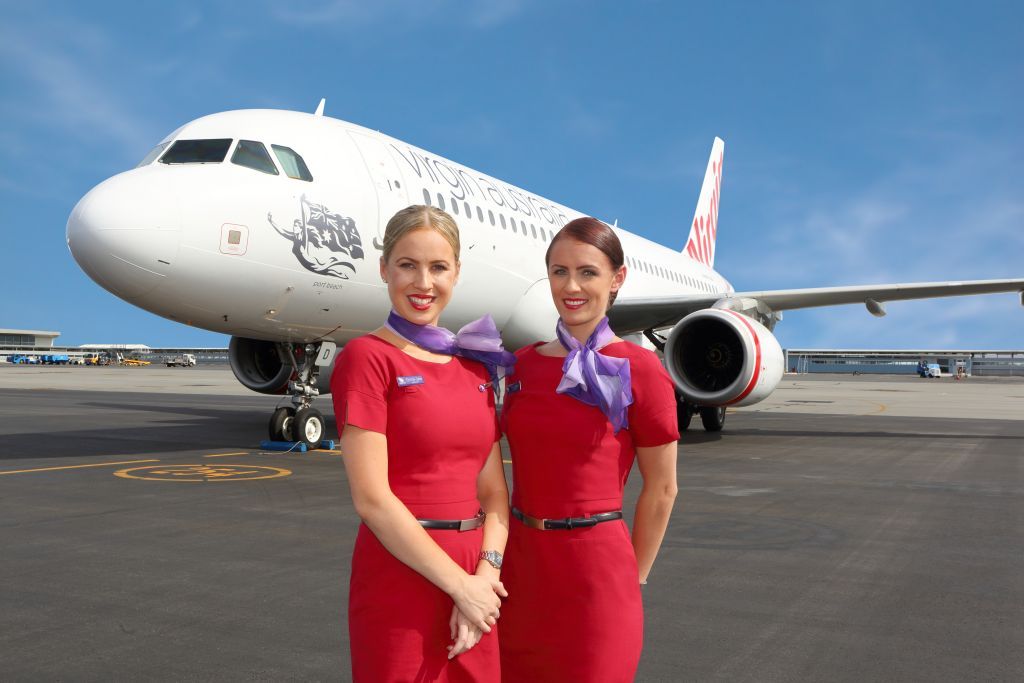
With the arrival of the Boeing 737-8, Virgin Australia has also revealed its highly anticipated new Business Class and Economy cabin interior as well as confirming plans to refresh the interior cabins on the airline’s remaining Boeing fleet, as part of an investment of approximately $110 million to improve the flying experience for customers.
Highlight features of the new Boeing 737-8 cabin interior include:
- In-seat power for all Business Class and Economy seats.
- Larger overhead lockers, with capacity to stow up to 50 per cent more carry-on baggage (individual guest carry-on luggage limits will not increase).
- Wider Business Class seats which also feature leg rests with extendable footrests, storage compartments, tablet/device holders and water bottle holders.
- A new Economy seat design, featuring a ribbed backing to elevate comfort and ergonomics.
- A personal tablet/device holder for all Economy seats, making it easy to view Virgin Australia in-flight entertainment, movies and TV shows.
Click the link below to see the entire press release!
